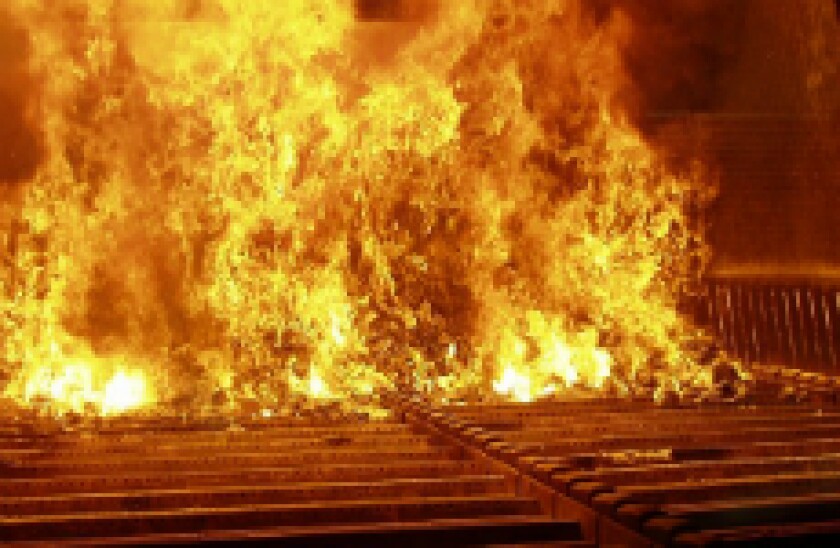China has made a habit of putting out fires since its stock market crashed in the summer of 2015. Last week, regulators set their sights on yet another potentially frothy issue, when CSRC officials said at a press conference that they would be increasing scrutiny of reverse takeovers.
In some ways, the move should come as no surprise. Listed shell companies on the mainland have become prime targets for China’s phalanx of retail investors, who have pushed up stock prices in anticipation of asset injections from Chinese firms keen to return home.
Many US-listed Chinese companies have announced going-private transactions, with the eventual intention to list in the mainland. Last year, take-privates of US-listed Chinese companies were worth $32.7bn, according to Dealogic.
This is 61% of all take-privates on record, as companies look to flock home in a bid to capture average P/E ratios of as high as 70x on Shenzhen’s ChiNext and 13x in Shanghai. The average valuation on the Nasdaq, in comparison, is around 20x.
That frenzy has not gone unnoticed by the regulator, prompting it to say it is studying the impact of such listings and the price speculation that has engulfed listed shell companies.
This is because many of the companies are hoping to list in China via backdoor listings, since the country has all but shut the door on IPOs. There is a 700-long queue for conventional IPOs on the mainland, and CSRC has insisted on postponing the implementation of a market-friendly registration system for listings, which would speed up the pace of floats.
It doesn’t help that the Shanghai Stock Exchange opted to delay the launch of a new board for emerging industries, which would have facilitated the fresh IPOs of Chinese technology firms delisting from other exchanges.
Now the market watchdog could turn the screw on even backdoor listings. But to do so would be a mistake.
What China’s tightly-controlled market needs is a freer market that would allow participants to discover their own asset prices.
Tamping down speculation in the market treats the symptoms and not the cause. These and other problems, including the recent frenzy in commodity futures and the boom and bust in the A-share market last summer, are direct consequences of China’s own policy manoeuvring.
What it has been doing effectively is to put out fire after fire, but each time it succeeds the fire only spreads elsewhere.
By keeping a lid on IPO approvals it has forced issuers to look at using listed shells. By stemming capital outflows, it has trapped liquidity onshore, pushing up valuations and leaving local investors to chase the same proverbial pot of gold. Add to that successive rounds of monetary easing and it is little wonder that bubbles keep popping up.
In the midst of all that, more interference and crack downs will only serve to create uncertainty among investors at a time when markets are still fragile. The regulator may be well intended in curbing speculation in shell companies, but it could just end up starting another problem elsewhere.
Ultimately, for regulators to show mistrust in their own market will not help. The solution is never simple but a step forward would be to simply let the markets play a bigger role in determining their own fate.
If investors are keen to lap up reverse takeovers, so be it. And if they lose interest, that too will become obvious. But what they need is a fair market to play in, and a regulator that isn’t constantly breathing down their necks.
